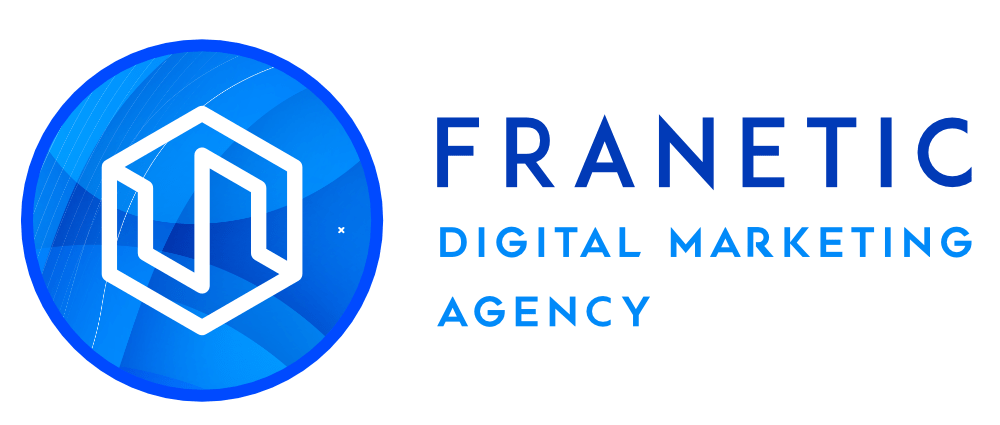In today’s rapidly evolving job market, where traditional corporate careers are often seen as uncertain, a new asset class is taking center stage: **personal branding and content creation**. This dynamic sector, propelled by the rise of digital platforms, offers a **low-cost, high-growth opportunity** for entrepreneurs who can merge **creativity with strategic self-promotion**. Notable figures, like Pooja Tripathi—a former digital marketing professional turned viral sensation—illustrate how platforms like TikTok and YouTube can transform personal brands into lucrative income streams that often surpass traditional corporate salaries.
The Transformative Journey of Pooja Tripathi
Pooja Tripathi’s captivating transition from a mid-five-figure salary at Dior to a flourishing career in **content creation** highlights the financial potential of digital entrepreneurship. After departing from her corporate role in 2018, she launched a TikTok account based on her manager’s suggestion, initially sharing humorous sketches about life in New York City. By 2023, Tripathi had captured an audience of **33,500 followers** and was generating significant revenue from brand partnerships, climbing from $500 for a single post to an impressive **$25,300 annually**. Fast forward to 2025, and her TikTok earnings alone have soared to **$15,500**, complemented by her YouTube series, Brooklyn Coffee Shop, which boasts over **3 million views** across episodes.
At the core of Tripathi’s success lies her ability to create **niche, relatable content**. With her unique blend of New York-centric comedy and engaging storytelling, brands like Target and Hulu have recognized her knack for connecting with specific audiences. By 2025, Tripathi commands a minimum of **$1,000 per sponsored post**, with rates fluctuating based on her creative control and audience reach. This model—wherein content creators monetize their personal brand through **micro-influencer partnerships**—has emerged as a blueprint for scalable income that demands minimal overhead.

The Financial Landscape of Personal Branding
As the **influencer marketing** sector thrives, projections indicate it will reach **$32.55 billion by 2025**, with a remarkable **33.11% compound annual growth rate** since 2014. Brands are increasingly diverting marketing budgets from traditional advertising to **digital campaigns**, where micro-influencers like Tripathi offer cost-effective, **high-engagement alternatives**. For context, macro-influencers (those with 100K–1M followers) often charge between **$10,000 and $50,000** for a single post, whereas nano-influencers (10K–100K followers) like Tripathi set their rates between **$1,000 and $5,000**, enjoying engagement rates that can be up to **50% higher**.
Tripathi’s income trajectory—from **$9,800 in 2023 to $15,500 in 2025**—echoes the growing trend among creators. A 2024 study by Influencer Marketing Hub found that **68% of creators with 10K–100K followers** reported earnings exceeding those of traditional jobs within just two years of embarking on their content creation journey.
Investment Opportunities in Personal Branding
The **rise of personal branding** opens up two key opportunities for investors:
1. Platform-Driven Growth
Social media powerhouses like TikTok and YouTube are the backbone of this asset class, rapidly expanding their user bases and generating increased ad revenues. **TikTok’s ad revenue** is anticipated to surge to **$11.4 billion by 2025**, up from **$3.3 billion in 2022**.
2. Passive Income Scalability
Unlike conventional careers, **content creation** allows for the potential of passive income through evergreen content, affiliate marketing, and ongoing brand deals. For example, Tripathi’s series, Brooklyn Coffee Shop, continues to draw views and sponsorships long after its debut.
Understanding the Risks and Mitigation Strategies
While the personal branding sector presents enticing growth, it comes with risks. **Platform algorithms can change quickly**, and audience engagement can be unpredictable. However, diversification and niche specialization offer effective risk mitigation. Tripathi’s focus on New York-centric humor and her foray into financial journalism with Zee Business exemplify how creators can safeguard against downturns related to platform-specific challenges.
For investors, the key lies in prioritizing platforms with robust user retention, such as **YouTube and Instagram**, and in backing creators who are developing diversified revenue streams. Furthermore, **AI tools for content optimization** and audience analytics are becoming indispensable for those pursuing long-term success.
Conclusion: The Future of Work is Here
Pooja Tripathi’s journey is a testament to the significant shift occurring in the job market—where the **creator economy** stands as a legitimate, high-yield asset class. By merging personal branding with digital platforms, entrepreneurs are achieving income levels that not only rival, but often exceed, traditional corporate salaries—all while maintaining lower overhead costs.
As the influencer marketing landscape continues to burgeon, one thing is evident: **the future of work lies not within office walls, but within algorithms**. Those who recognize and adapt to this paradigm shift will have the potential to reap considerable rewards.






